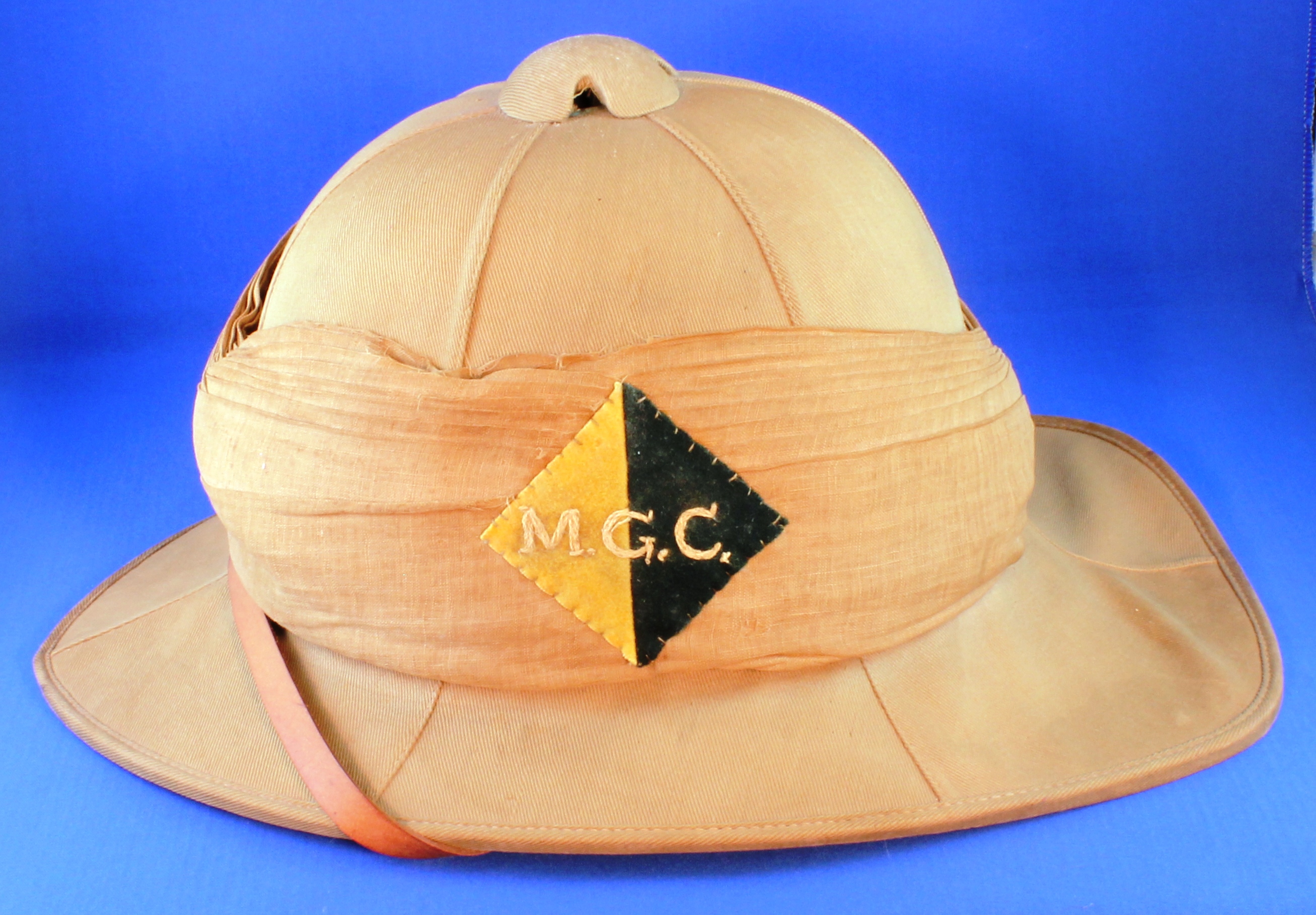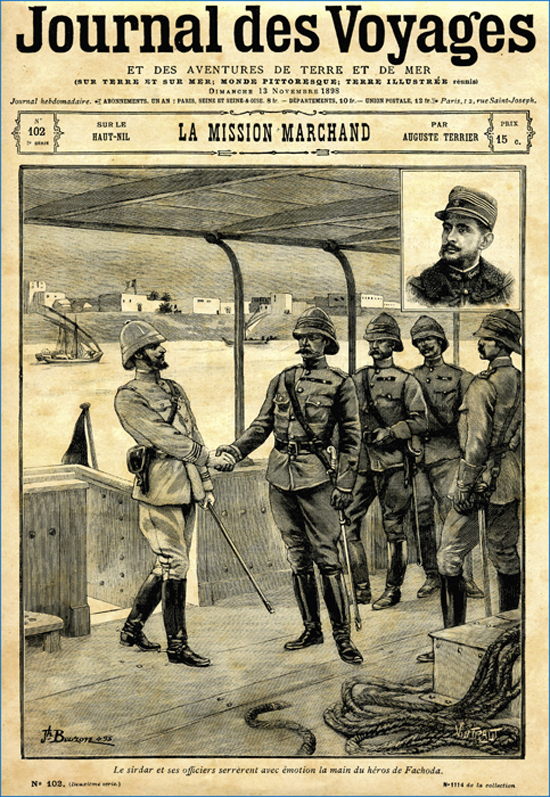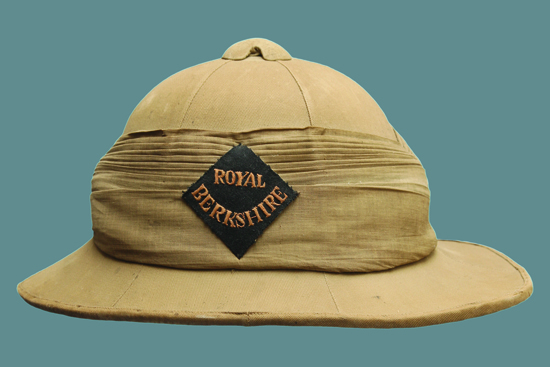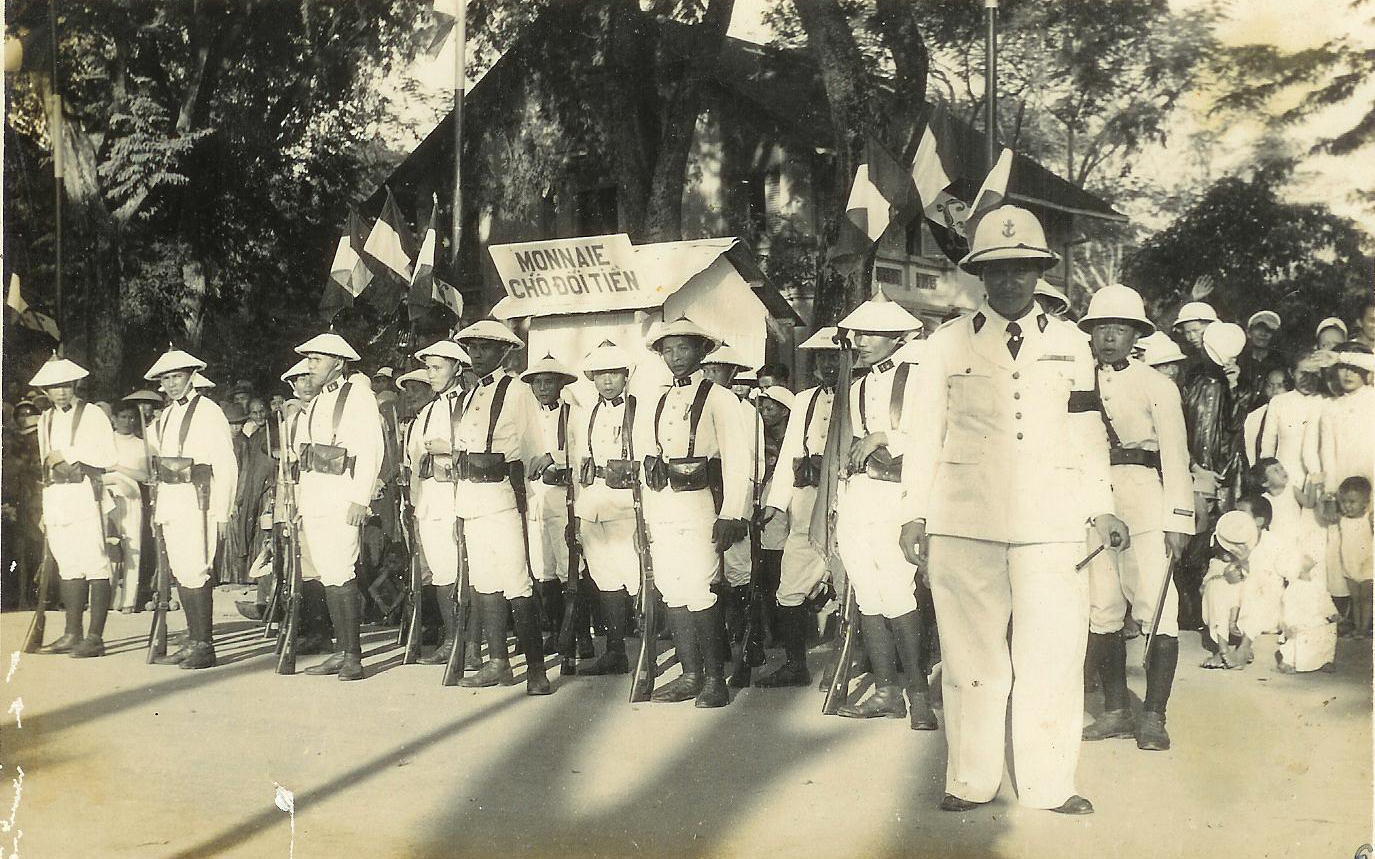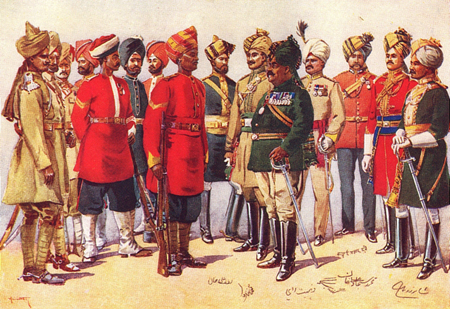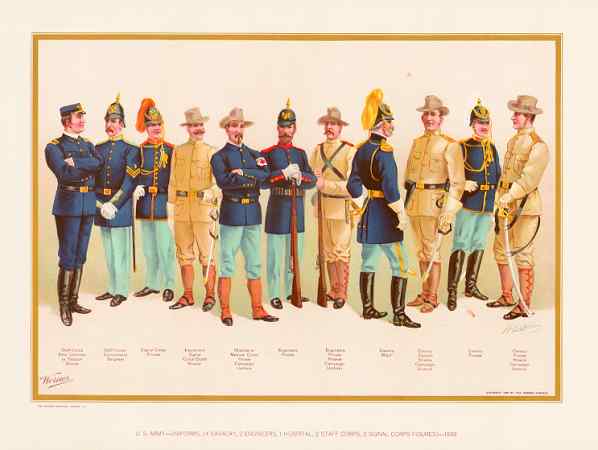The machine gun played a major role in the First World War, and it could be argued that one of the reasons the war on the Western Front turned into a stalemate was that the rapid fire machine gun made a maneuver virtually impossible. The machine gun was thus responsible for the trench warfare that ensued as soldiers “dug in” as each side blasted away at one another.
Ironically perhaps the same gun that created this situation was considered to be the solution. The British Army formed the Machine Gun Crops (MGC) in October 1915 in response to the need for more effective use of machine guns. Continue reading

